Good People of vitruta: Selin Osmanoğlu
Our dear friend Selin Osmanoğlu is the newest member of the Good People of vitruta! We met up with her on a bright, sunny May day in Pera, and—making a big change (!)—we settled down at Comedus. With a glass of Yedibilgeler’s much-loved Anaxagoras Chardonnay 2021, we had an enjoyable and lively conversation. Happy reading!
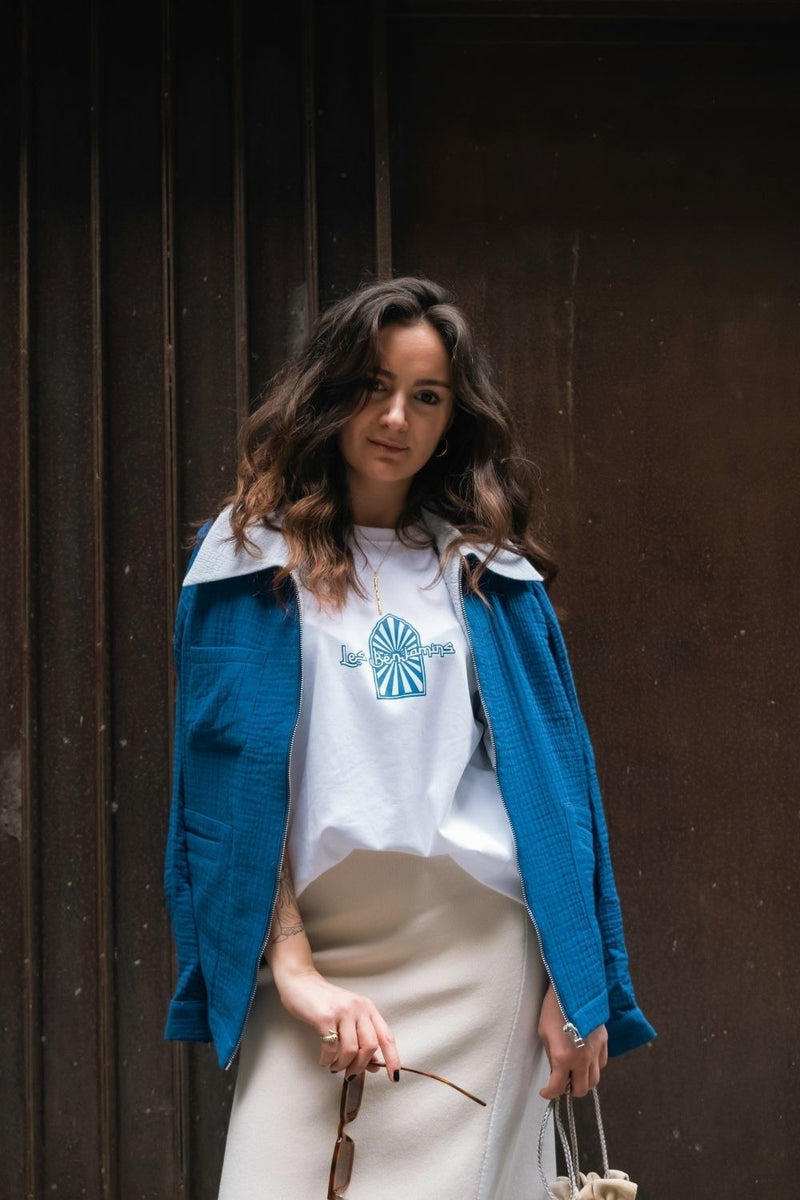
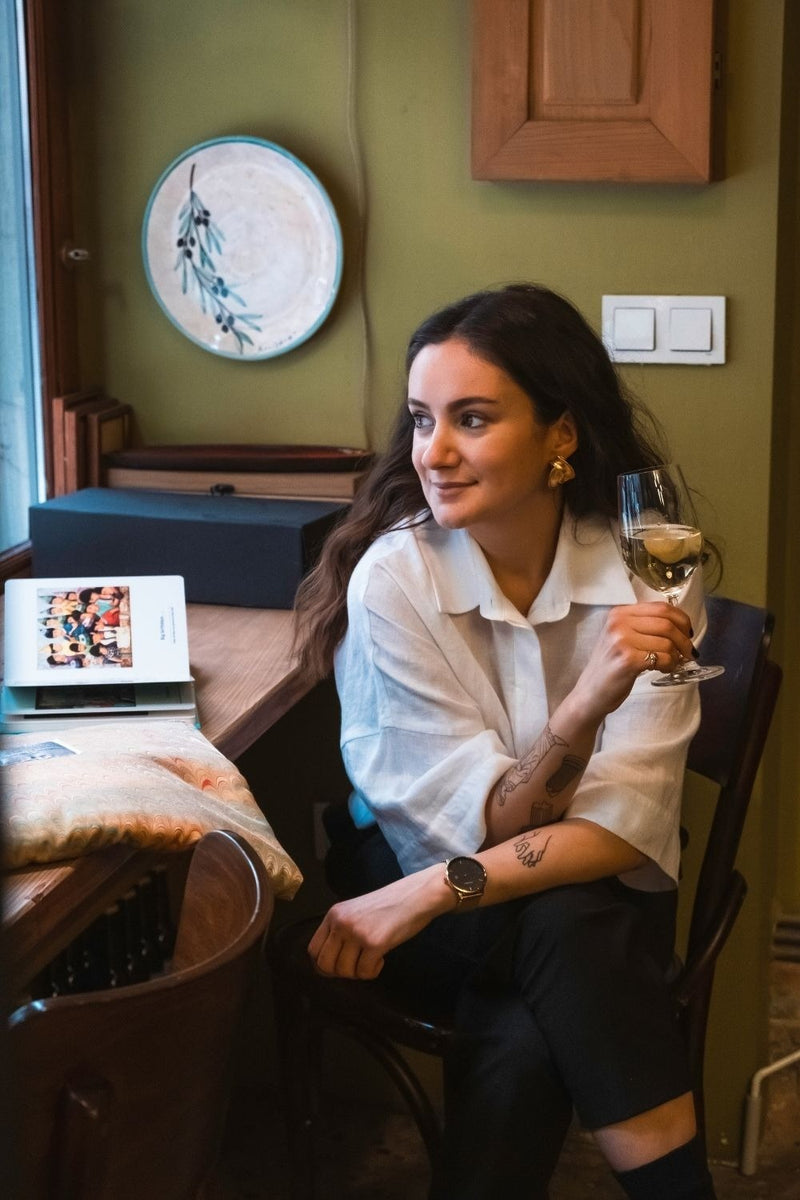
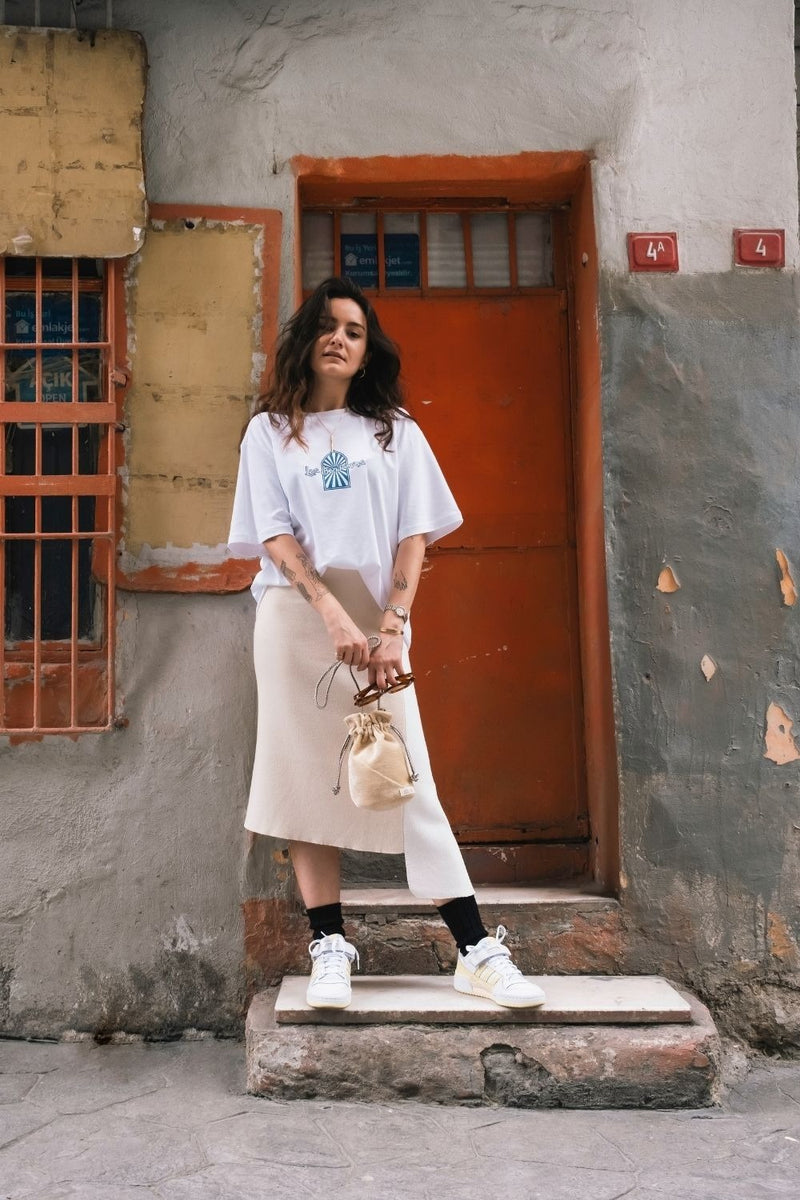
Welcome, Selin, to the Good People of vitruta! Beyond being connected through mutual friends, our shared Pera neighborhood culture has brought us together often, and today, you’re joining the Good People. Let’s start with our classic question: who is Selin Osmanoğlu? How did it all begin, how’s it going, and what do you do?
Thank you! I’m a vintage 1989—an inquisitive chemistry engineer with a WSET3 certification who loves nothing more than diving nose-first into every wine glass, challenging my scent memory. For the past 10 years, I’ve been working in R&D for Unilever, specifically in the food and ice cream categories. So yes, I’m passionate about both what we eat and drink.
And what does chemistry engineer Selin do?
The story of chemistry engineer Selin started at Boğaziçi University, armed with a TI calculator, towering textbooks, and a lab coat. After graduating, I transitioned seamlessly into Unilever, and my lab coat found a new home at the ice cream R&D center. When I wrote the formula for my first ice cream, I knew my lifelong love for product development had begun. I developed products for various brands in ice cream, then moved to the food category and experimented a bit with soup formulations. My heart remains partly in the kitchen, partly in the lab.
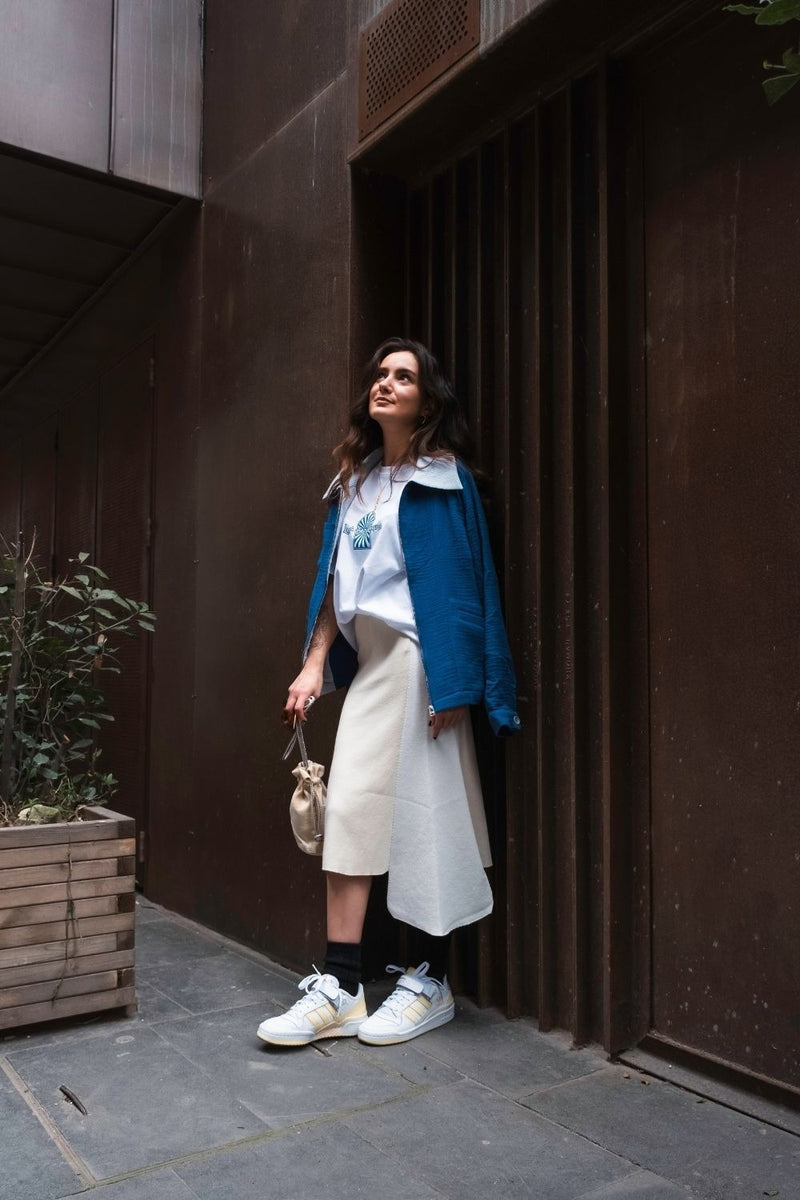
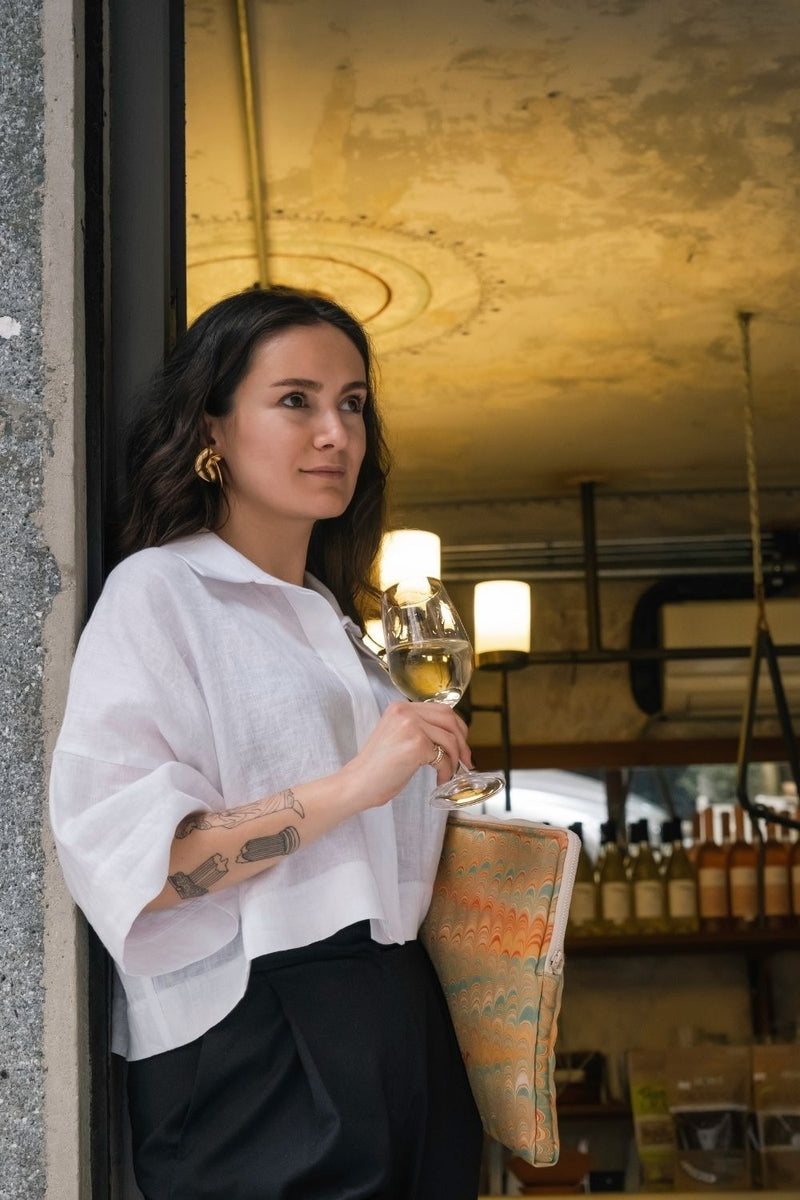
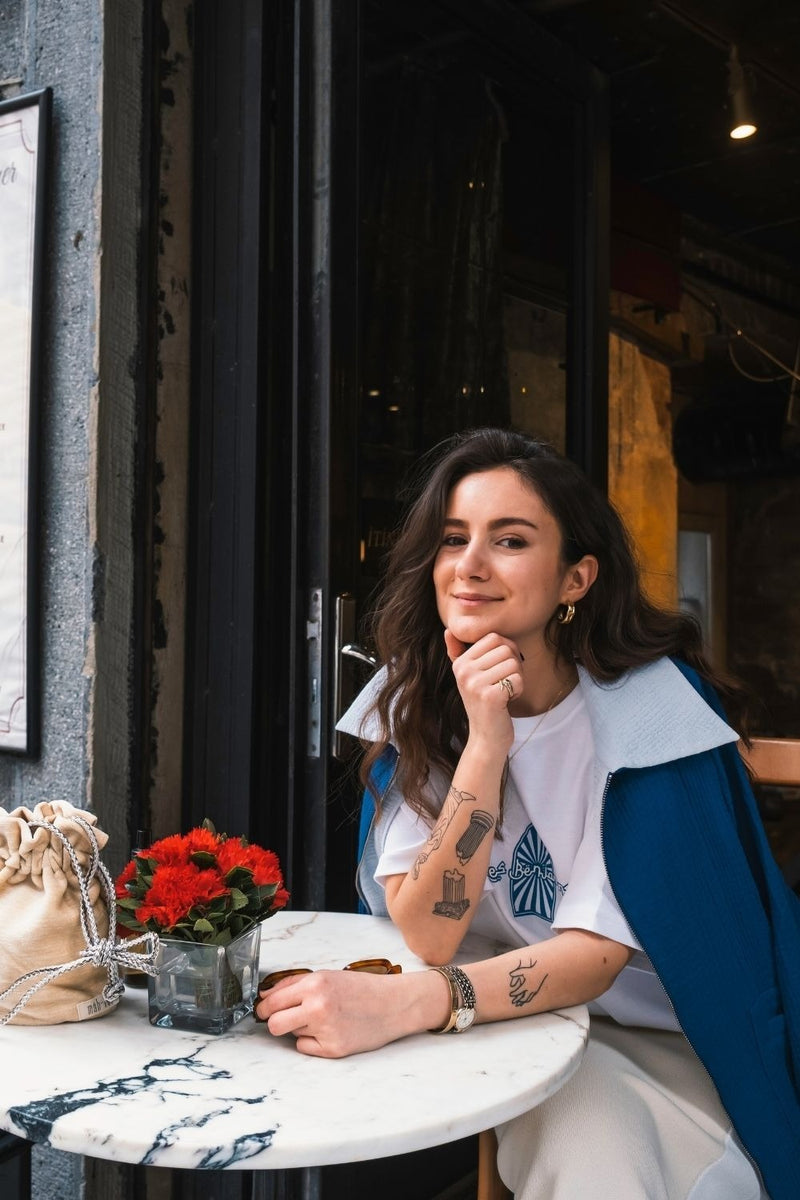
Let’s talk about wine. How did your journey with wine begin, and what steps led to your relationship with it today?
Ah, the love of my life has entered the conversation! My interest in wine began in childhood when I would sneak sips of my dad’s unknown bottles. Years passed as I tried to decipher labels, and soon enough, I found myself at horizontal and vertical tastings. During university, as a chemical engineering student, I became intrigued by winemaking and started learning about production processes. With a mix of research and education, I graduated, and while wine didn’t become my full-time job, my passion never waned. From there, I attended tastings, pursued training, and earned certifications. The more I learned, the more curious I became; the more I tasted, the more I wanted to taste. And, of course, the only way to truly develop your palate is to keep smelling, keep tasting.
You also publish Veraison on Aposto. Would you like to talk about that?
Veraison is a wine publication that says “cheers” every week, guiding readers through the wine in their glass and inspiring them to savor their next sip. Published on Aposto, it shares the latest from vineyards, cultural insights, and unexpected pairings. My goal is to show readers that wine isn’t reserved for white-tablecloth dinners—it belongs everywhere.
Wine often gets pegged as “intellectual,” “inaccessible,” or “too complicated.” I don’t agree at all; I believe wine can find its way onto any table, be enjoyed by anyone, and understood by everyone. That’s why Veraison aims for a spot at every table. I try to make wine approachable, understandable, and, most importantly, fun. Ester and Kıvanç’s illustrations really help with that too. The infographic format leaves a lasting impression, and readers walk away with at least one new bit of knowledge. It’s such a thrill for me because every issue feels fresh and exciting. Sometimes we dive into stories from winemakers’ vineyards, other times from tasters’ palates.
And to everyone who joins us, I say, “If you’re also someone who believes wine isn’t just for white-tablecloth dinners, welcome to my glass!”
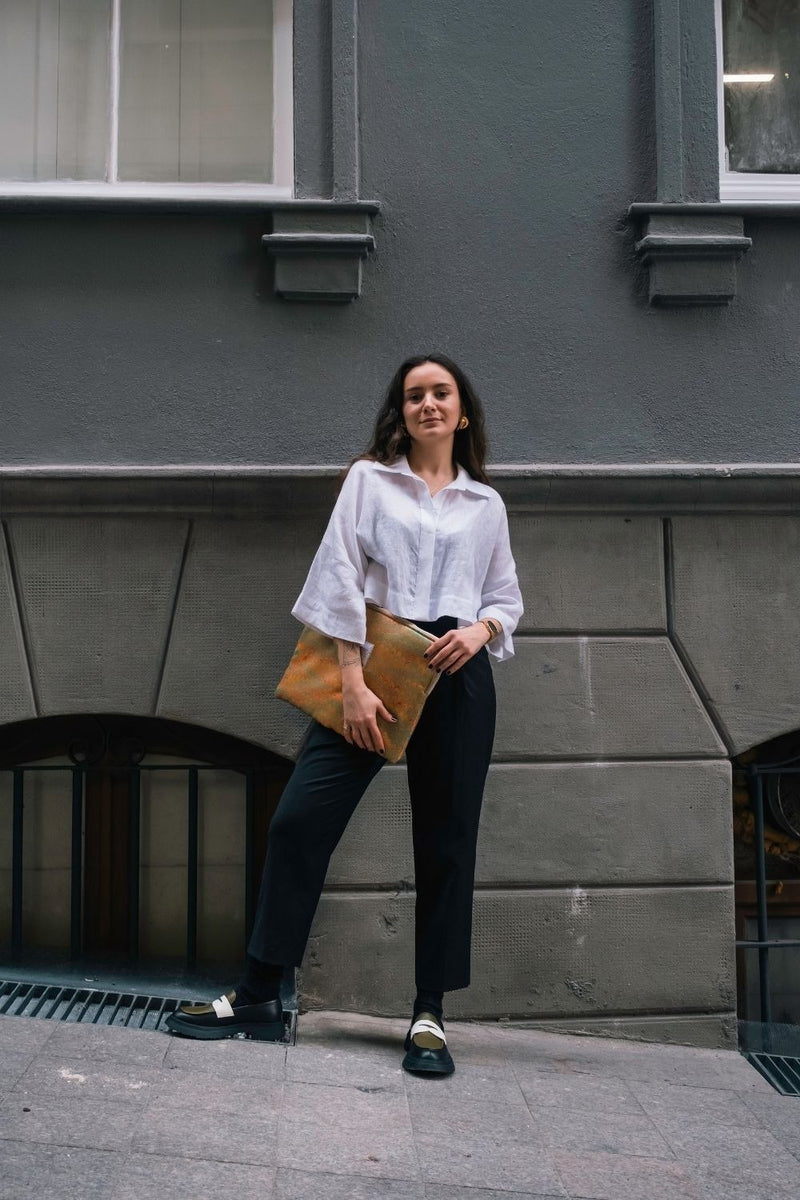
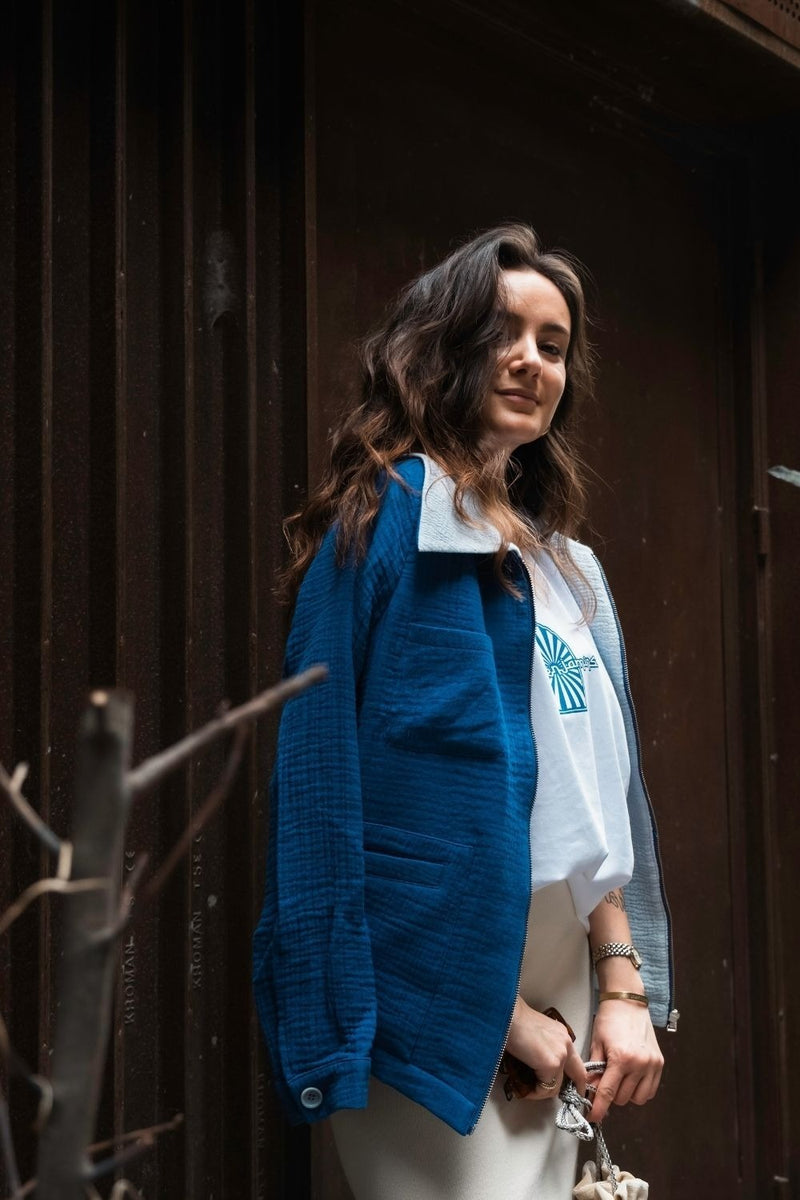
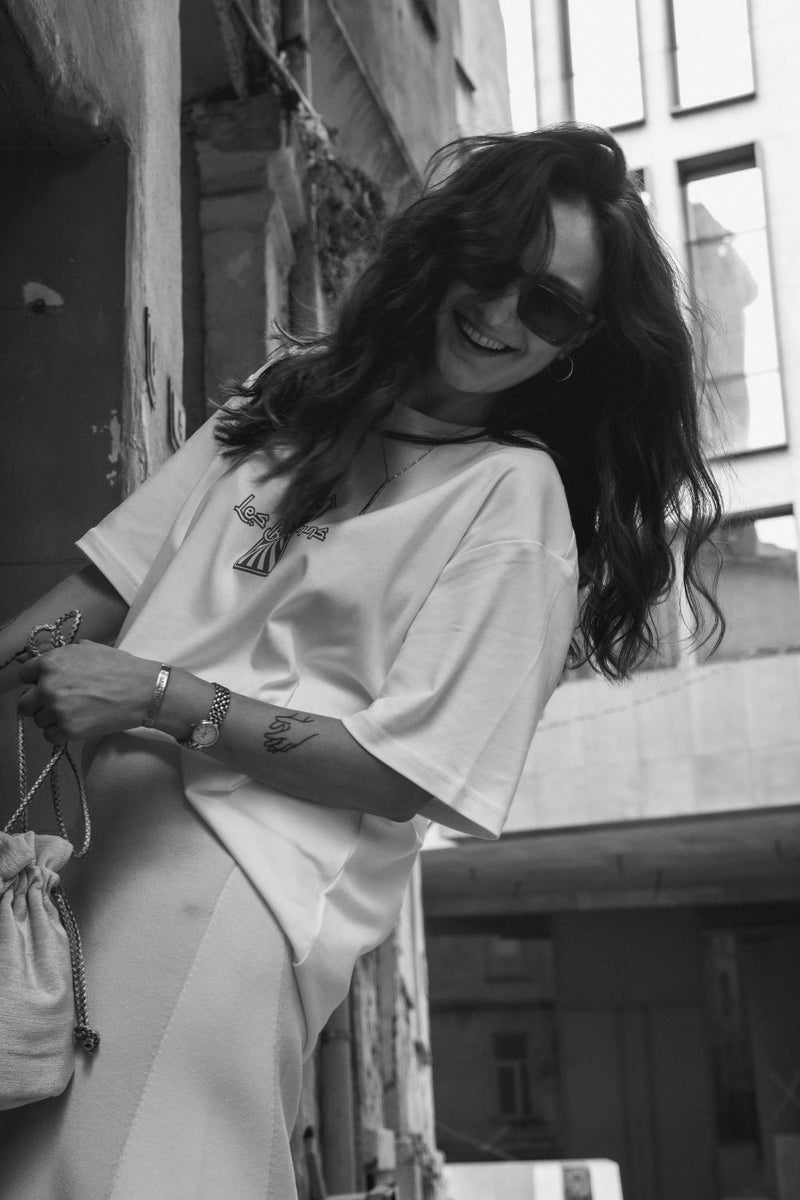
What’s the secret to all of this? How can beginners become more knowledgeable and enjoy wine with a better understanding? Any recommendations?
First off, for newcomers, I suggest giving Veraison a read—just a tiny self-promotion there! It’s packed with pocket-sized tips and sensory experience guides that might pique their interest. But I believe the real secret is curiosity. You have to be curious, to smell, to taste. For those who want to refine their sense of smell, I’d actually recommend visiting local markets—go smell those fruits and vegetables. Then, stop by a spice shop and take in the aromas. The more you smell, the sharper your sense becomes.
There are institutions offering wine education and certification programs. I followed the WSET program, achieving my WSET3 certification, and now I’m preparing for the diploma. WSET1 is a great starting point. Beyond that, it’s all about mileage—the more miles you put in with wine, the more you learn, and the more you enjoy it. Every glass is like a new journey; you visit a different place, see new colors, breathe a new air, hear new sounds. More journeys mean richer experiences.
Are there books, films, documentaries, and podcasts on wine that are really worth exploring? I’d love to hear your recommendations for these.
For those diving into wine, the first book I’d suggest is Kim Korkar Şaraptan? (Who’s Afraid of Wine?). It’s a fun, accessible guide to everything about wine, from vineyard to glass, by Ophélie Neiman and translated by Göknur Gündoğan.
For movies, Sideways is a must-watch. Paul Giamatti, a die-hard Pinot Noir fan, sums it up with, “If anyone orders Merlot, I’m leaving. I am not drinking any f*cking Merlot.” It’s extra fun to watch with a bottle of Merlot in his honor!
As for documentaries, A Year in Champagne is mesmerizing—a perfect introduction to viticulture and production in the Champagne region.
For podcasts, Tadımlık Sohbetler with Ayça Budak is fantastic, offering both fun and informative chats with various guests from the industry. I highly recommend it. Also, GuildSomm is another great series with extensive information on regions, viticulture, grape varieties, and wine culture. Every episode is incredibly educational.
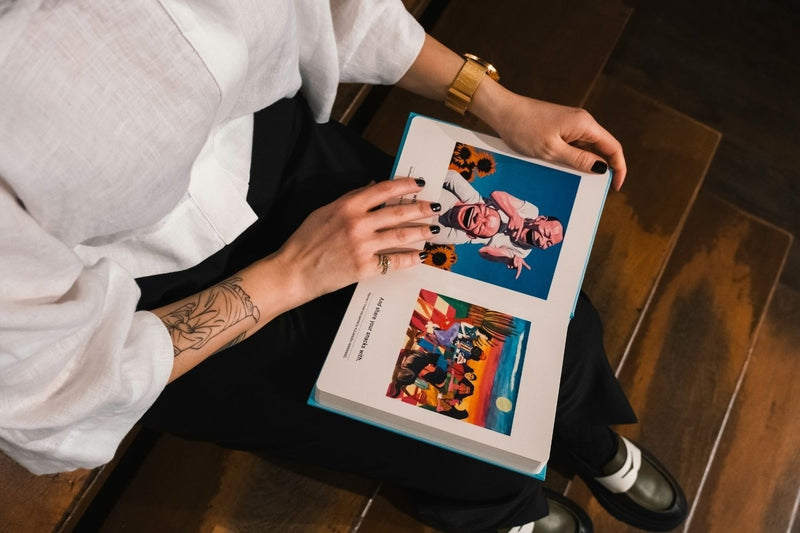
Which restaurants in Istanbul have wine menus you enjoy?
I’m a big fan of the menu at Aheste. I go there often; it has a rich selection, the prices are reasonable, and they focus solely on local wines.
I also love the menu at Markus. They include natural wines and orange wines, offering a range that can surprise the palate. You’ll find many local grape varieties there, which I think is really valuable.
Foxy also has one of my favorite menus, where local wines take center stage, and indigenous grapes are in the spotlight. Their menu reminds you that these lands are the birthplace of wine. Seeing and appreciating our rare local grapes on the menu is a beautiful experience.
And for the last question—which might already have a clue since you came to our meeting today with your Rains MSN Mini Bag—what are your top 3 favorite brands at vitruta?
Carhartt WIP is here, so it gets a big heart.
I love some of Camper’s designs; in fact, look, I’m wearing a pair right now.
While I might not carry wine in my 24Bottles, my coffee is always with me.
And I recently met Chimi—I think we’re going to get along great!